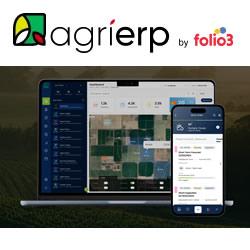AgTech — Not Just for Large Farms?
 Bryan M. Eagle III for Observer: A lot of the press and attention in the AgTech space lately has been on technologies for large farms. Systems like GPS-controlled tractors that can plant and harvest row crops virtually unattended. Large-scale irrigation management platforms that include satellite imagery and drones to let you know when and where to water. These technologies are making big differences for the large farms to reduce costs and improve yields.
Bryan M. Eagle III for Observer: A lot of the press and attention in the AgTech space lately has been on technologies for large farms. Systems like GPS-controlled tractors that can plant and harvest row crops virtually unattended. Large-scale irrigation management platforms that include satellite imagery and drones to let you know when and where to water. These technologies are making big differences for the large farms to reduce costs and improve yields.
These technologies are extremely important because, according to the Food and Agriculture Organization of the United Nations (FAO), between now and 2050 we’re going to have to increase production in the US by 70% to feed ourselves. Arable land is decreasing, fresh water supplies are becoming more scarce, and climate change is affecting the stability of crop production.
The Growth of Small Farms
Roughly 1.9 million of the nation’s 2.1 million farms are small in terms of sales, averaging less than $350,000 annually. The total number of harvested acreage in the US has been decreasing over time, but there was a small uptick of roughly 5,000,000 acres in 2016. Most of this is thought to be a result of the growth in the number of new small farms. Full Article:
Comments (0)
This post does not have any comments. Be the first to leave a comment below.
Featured Product

